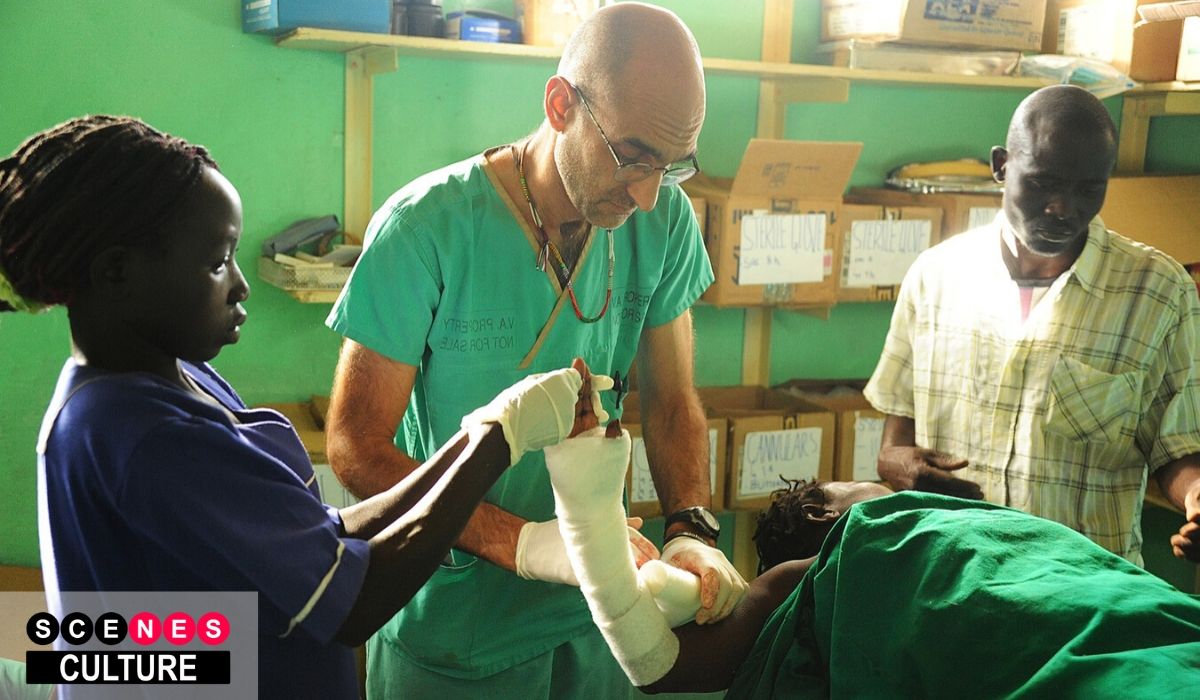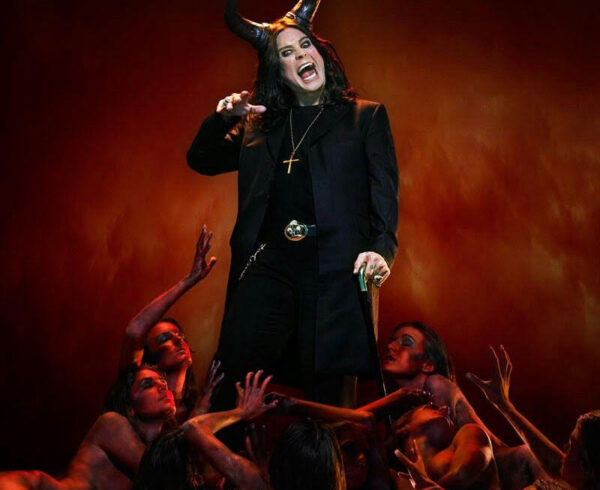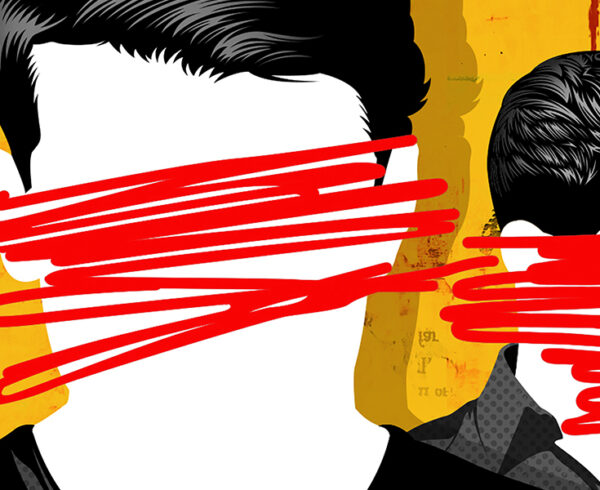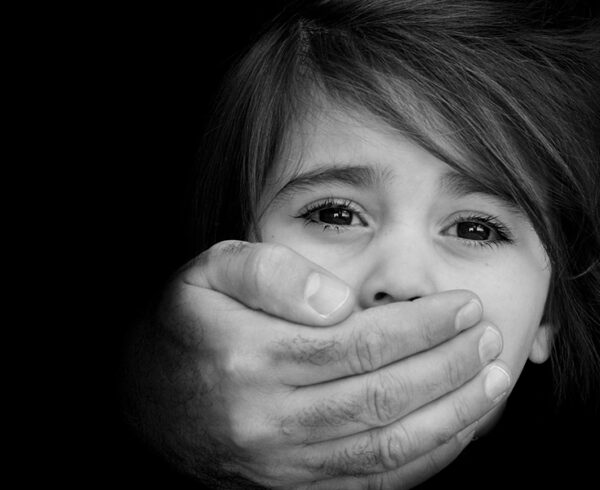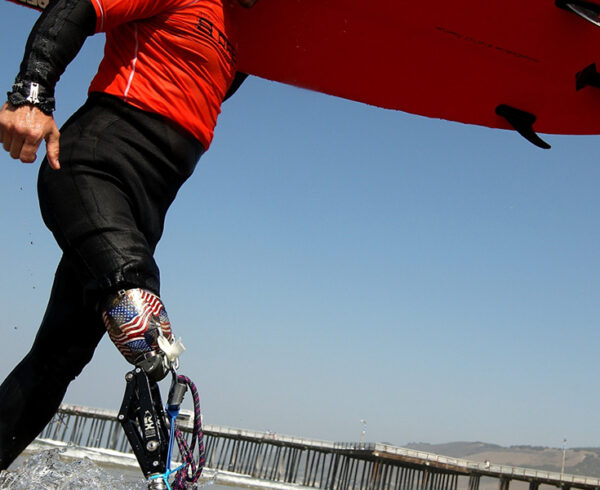Documentary filmmakers often set out to change the world but rarely accomplish more than evoking sympathy for their causes. By contrast, The Heart of Nuba by documentarian Ken Carlson helped end a genocidal campaign. The film even encouraged the arrest of the international war criminal responsible.
The story began with a 5 ton cargo truck, bearing a year’s worth of medical supplies from South Sudan toward the Mother of Mercy Hospital in the Nuba Mountains. On the way the the truck was highjacked and looted; its vaccines, food stuffs and medical equipment a total loss.
The rainy season would soon begin. The hospital, the only medical facility in the region, would be useless to the area’s approximately 1 million people—who were then under aerial bombardment by their own government—unless more supplies could be sent quickly.
In Los Angeles, Ken Carlson received a message through a network of Brown University friends that traced back to his days as a defensive lineman on Brown’s football team. “Catman needs our help!” read the urgent message.
Tom “Catman” Catena had played nose tackle alongside Carlson on the defensive line. He was now a medical doctor; in fact, the only doctor at Mother of Mercy Hospital in the Nuba Mountains.
Tom Catena had made himself into a quick, 240-pound, one-man strike-force of sheer muscle and will, often crashing through to their opponents’ backfield before a hand-off could be made. Named All-Ivy and All-American, Catena graduated with a degree in engineering. He seemed headed for a future working in the defense industry on nuclear related weapons systems.
Instead, he decided to become a doctor. He joined the Navy to save his parents the expense of his medical training, attended Duke Medical School, and then served his hitch of five years. Posted to various far-flung locations, he acquired a taste for adventure and living overseas.

